Figure 1. VL53L0X ranging sensor module
1 Overview
2 Initial customer manufacturing calibration
Figure 2. Customer manufacturing calibration flow
2.1 Data init
2.2 Static Init
2.3 Reference SPADs calibration
2.3.1 Reference SPADs calibration procedure
2.4 Ref (temperature) calibration
2.4.1 Ref calibration procedure
2.5 Offset calibration
2.5.1 Offset calibration procedure
2.6 Cross-talk calibration
2.6.1 Cover window impact on ranging
Figure 3. Cover window impact on ranging
2.6.2 Cross-talk calibration distance
Figure 4. Cross-talk calibration valid distances
2.6.3 Cross-talk calibration procedure
3 Range profile phases
3.1 Initialization/calibration phase
3.2 Ranging phase
Figure 5. Initialization flow
Figure 6. VL53L0X API ranging flow
4 System initialization/calibration
4.1 Data init
4.2 Static Init
4.3 Load calibration data
4.3.1 Reference SPADs
4.3.2 Ref calibration
4.3.3 Offset calibration
4.3.4 Cross-talk correction
4.4 Device mode
4.5 Polling and interrupt mode
5 Ranging
5.1 Start a measurement
5.1.1 Start measurement only
5.1.2 Start measurement and wait for data ready
5.1.3 Start measurement, wait for data ready and report the data
5.2 Stop a measurement
5.3 Get a result
5.3.1 Host polling to get the result status
5.3.2 Get measurement
Table 1. Range Status
6 API useful additional functions
6.1 Overall timing budget
6.2 Limit settings
Table 2. Default limit states and values
6.3 Timed ranging
6.4 API versions and product revision
6.5 API state and API error
Table 3. API state description
Table 4. API error values and error strings description
6.6 I2C device address
6.7 Reset
6.8 Interrupt settings
Table 5. Interrupt threshold behaviour
7 Example API range profiles
Table 6. Example API range profiles
7.1 High accuracy
7.2 Long range
7.3 High speed
8 Acronyms and abbreviations
Table 7. Acronyms and abbreviations
9 Revision history
Table 8. Document revision history
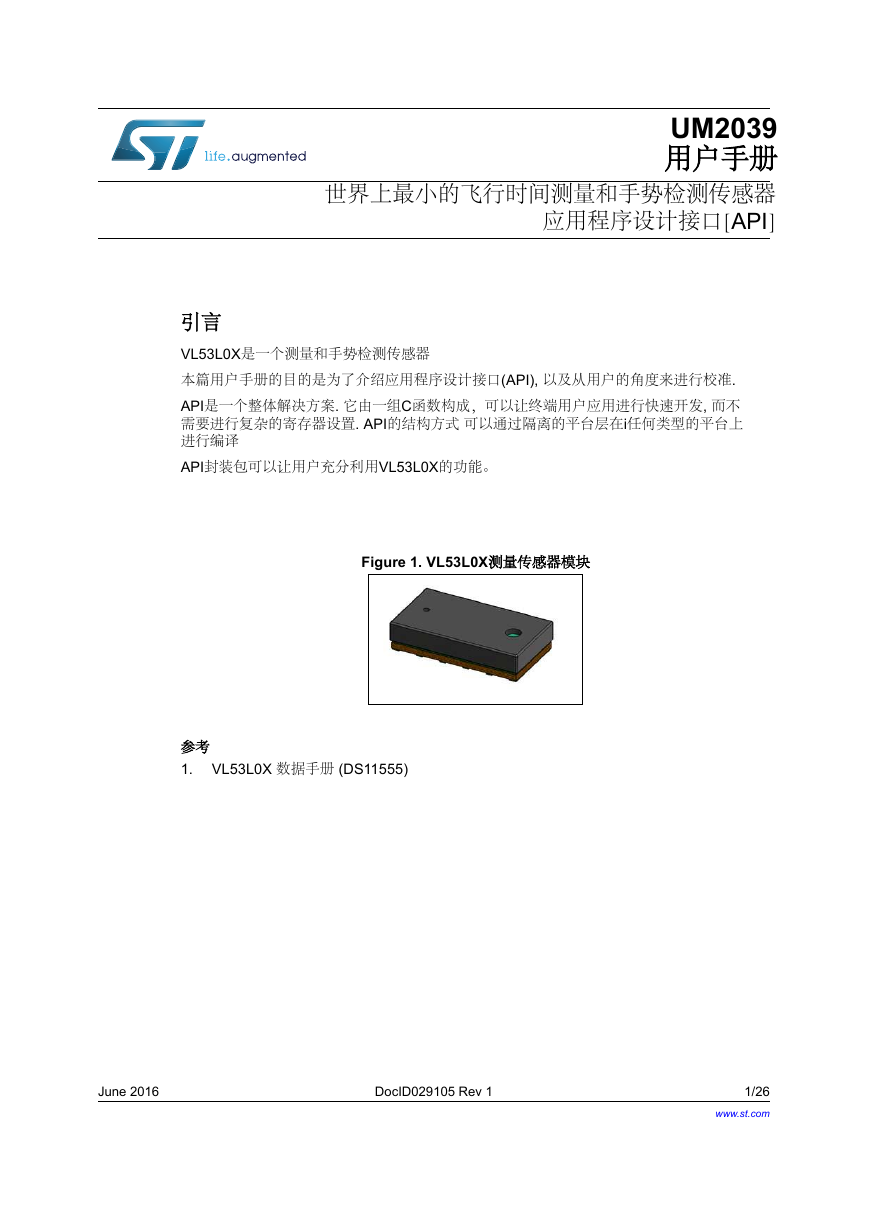
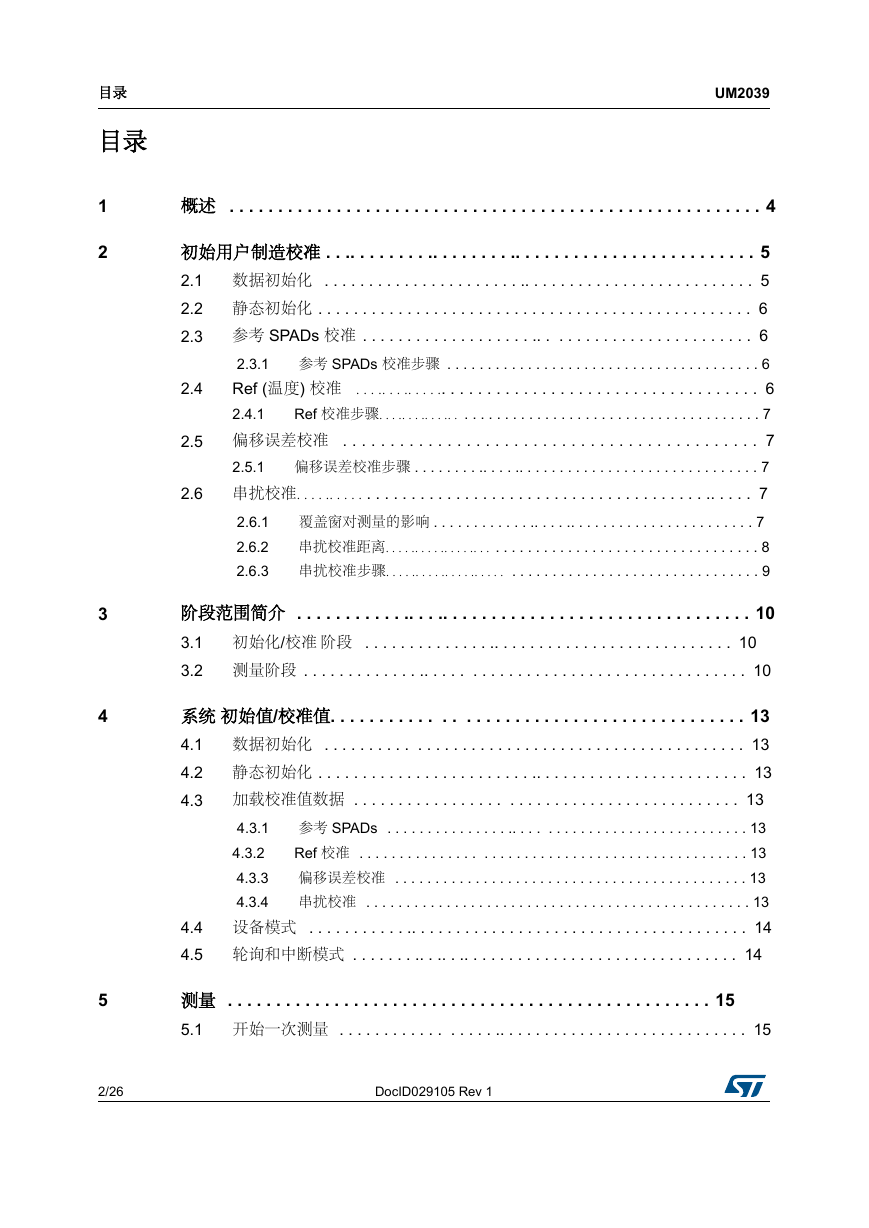
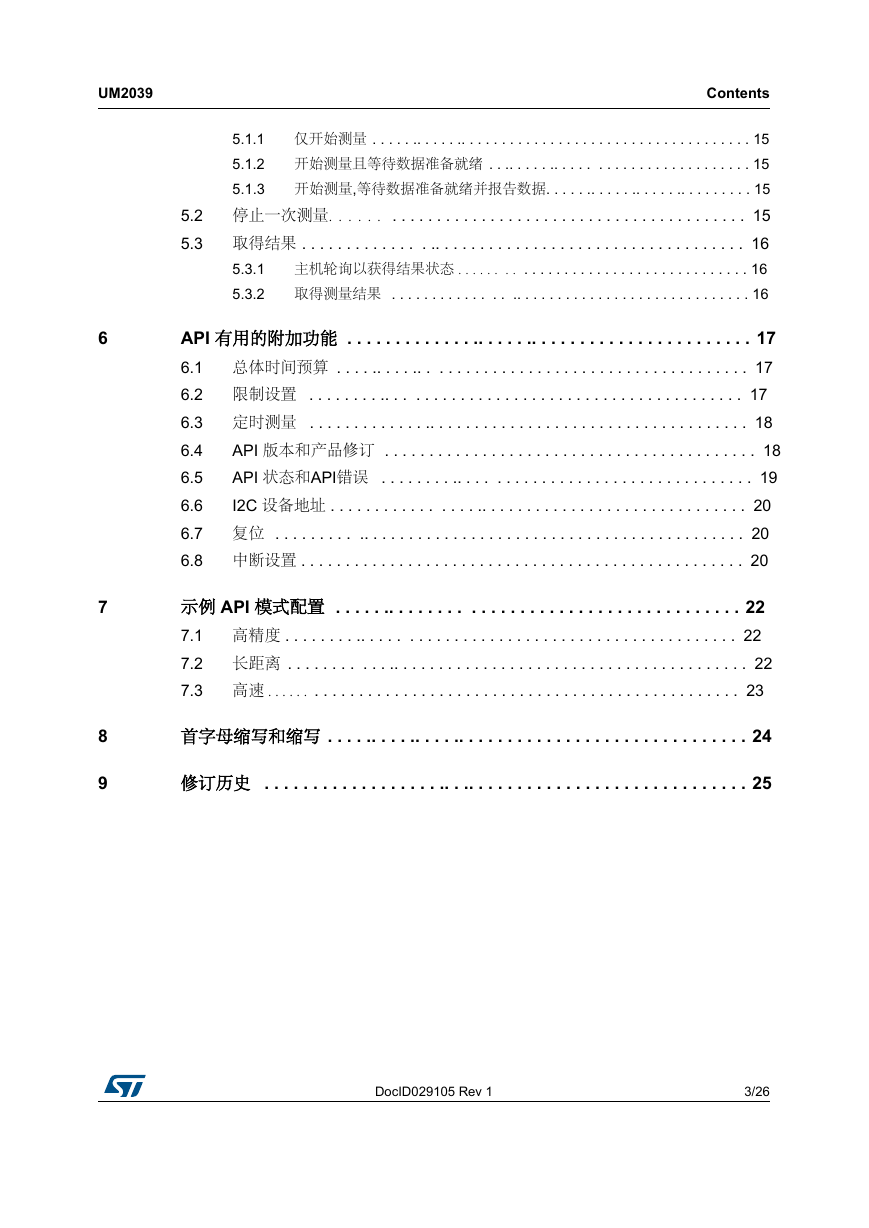
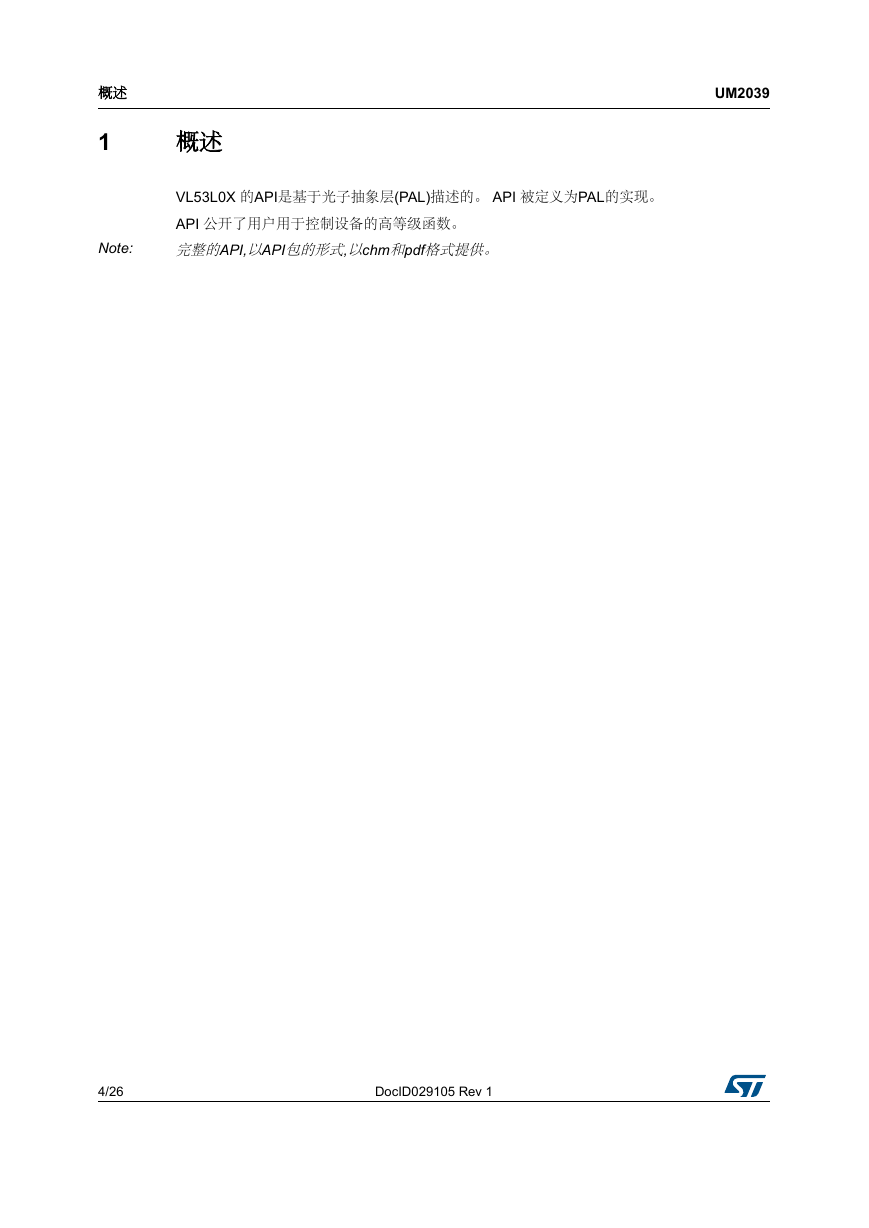
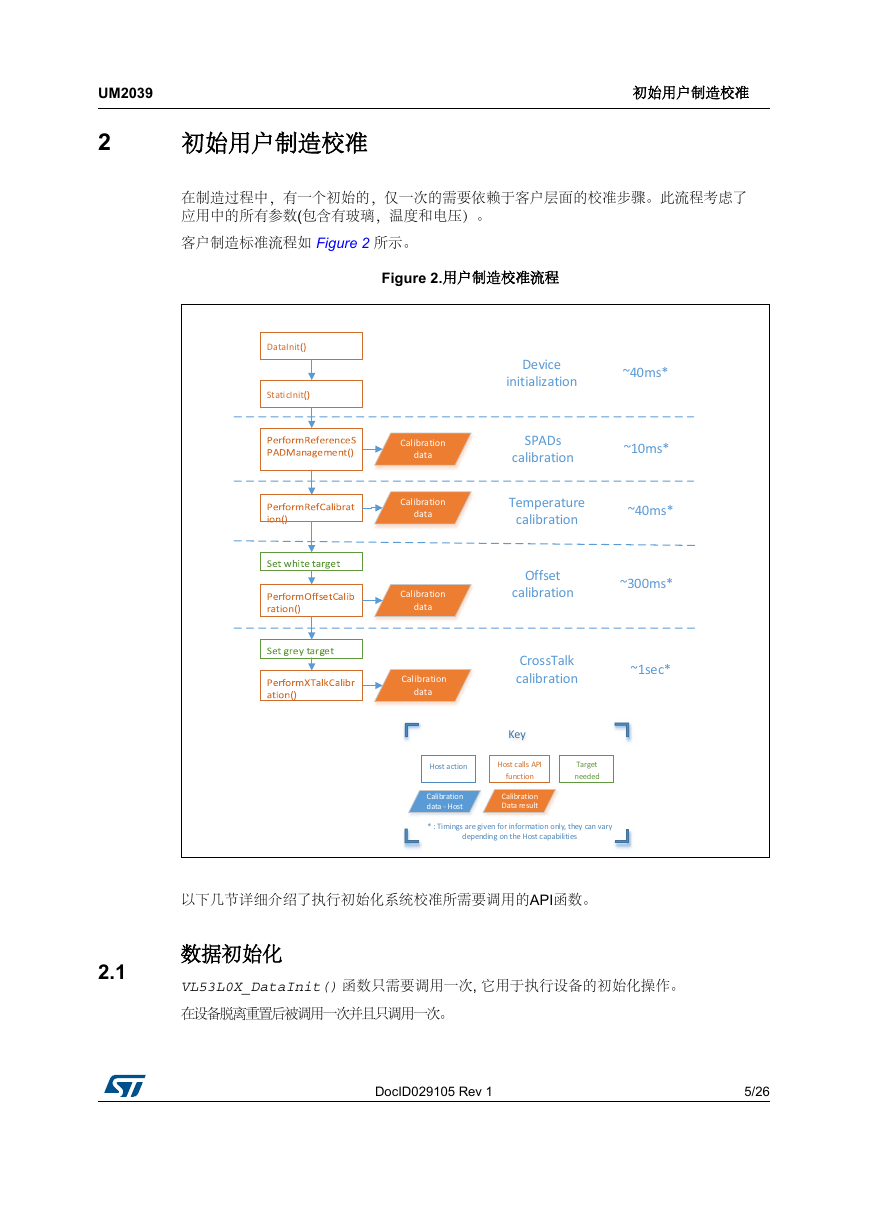
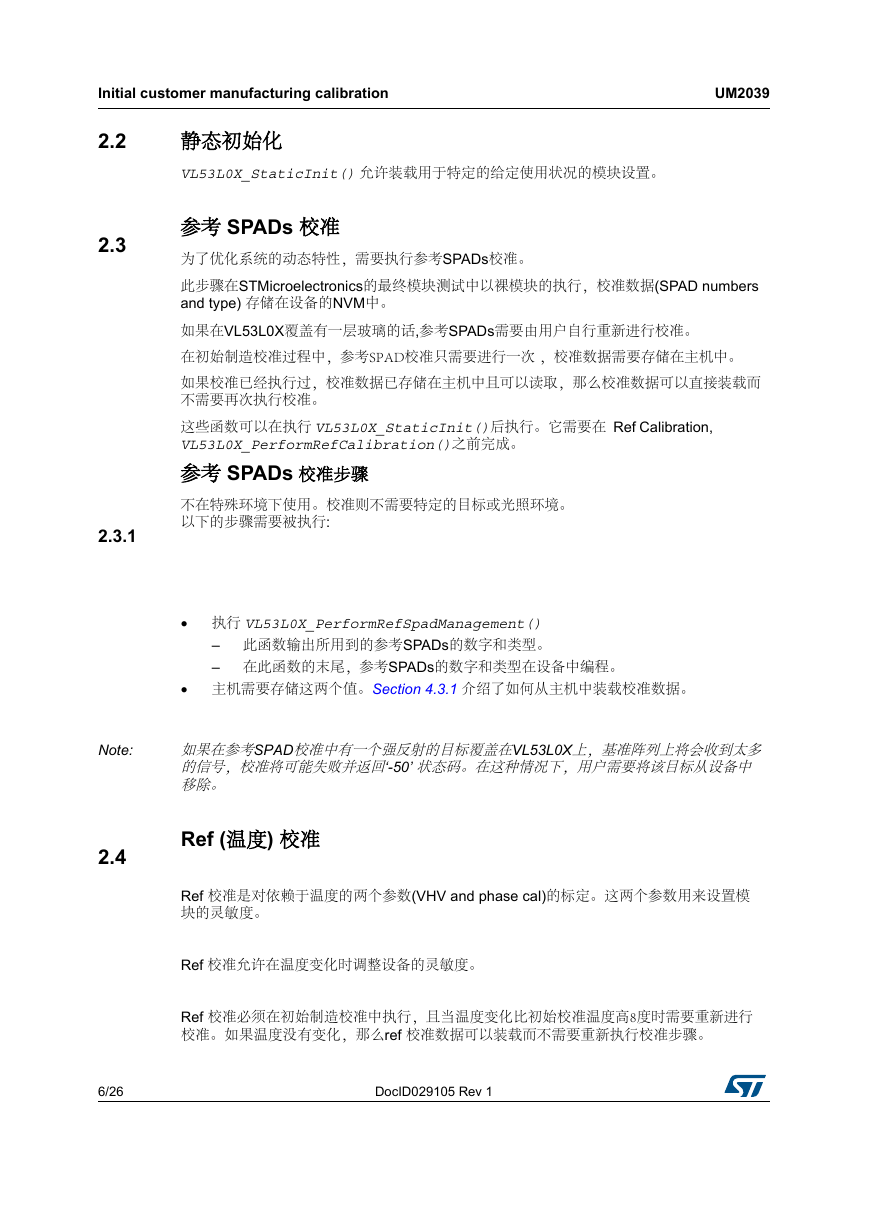
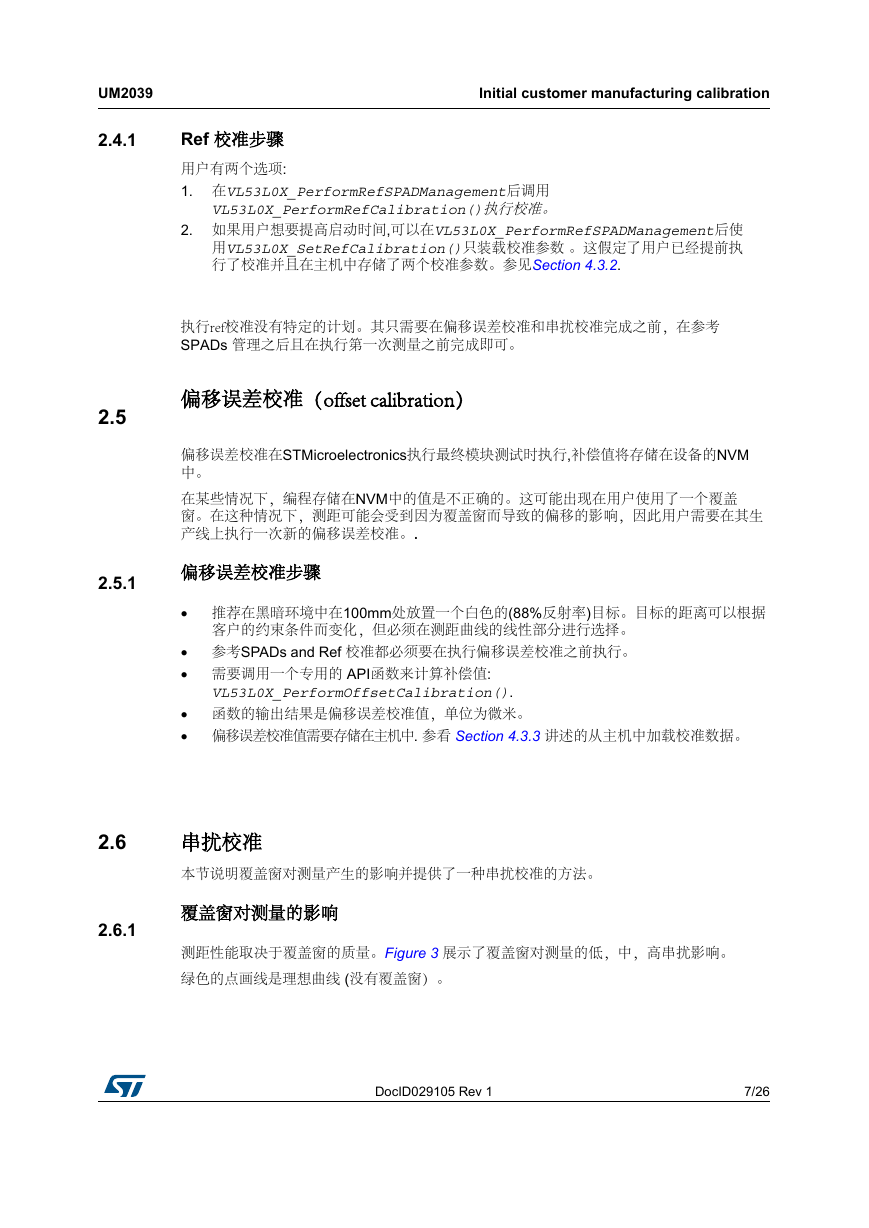
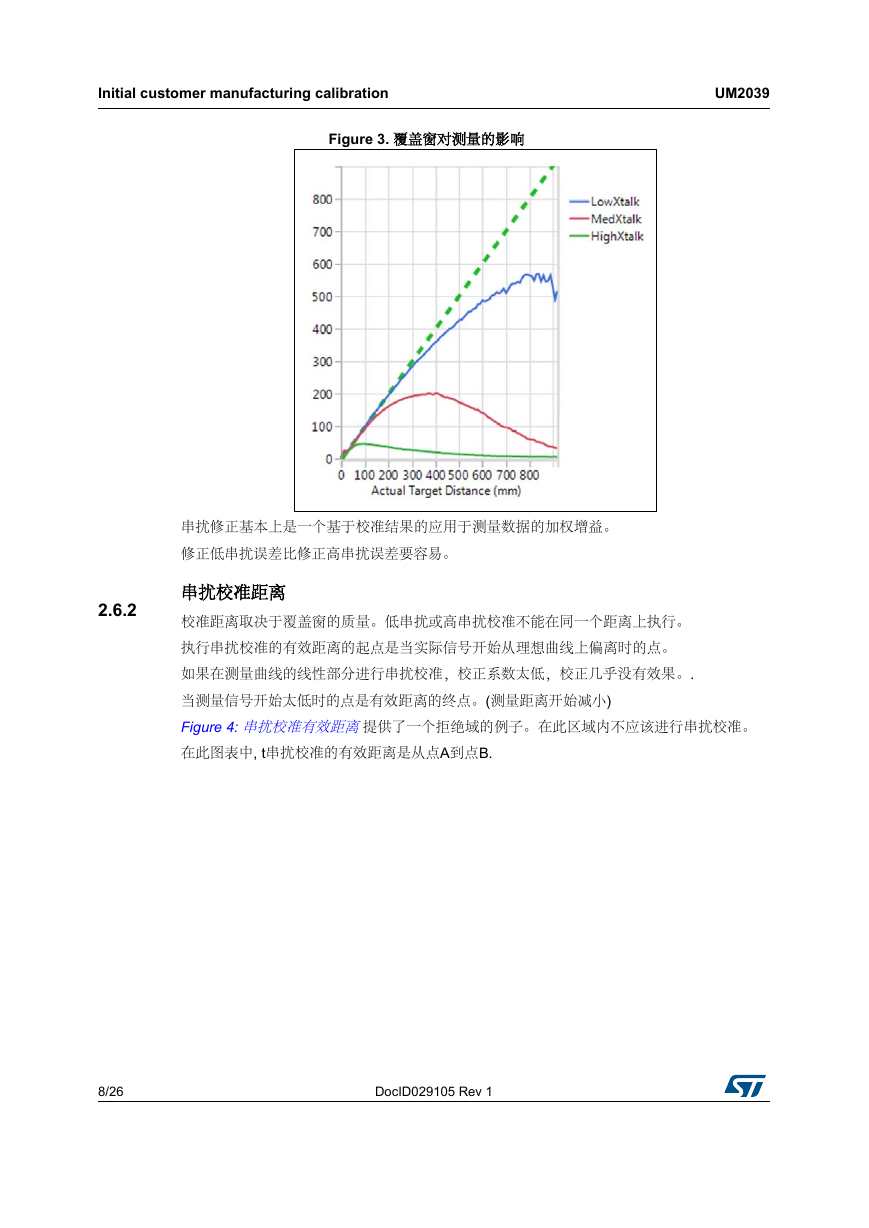








 2023年江西萍乡中考道德与法治真题及答案.doc
2023年江西萍乡中考道德与法治真题及答案.doc 2012年重庆南川中考生物真题及答案.doc
2012年重庆南川中考生物真题及答案.doc 2013年江西师范大学地理学综合及文艺理论基础考研真题.doc
2013年江西师范大学地理学综合及文艺理论基础考研真题.doc 2020年四川甘孜小升初语文真题及答案I卷.doc
2020年四川甘孜小升初语文真题及答案I卷.doc 2020年注册岩土工程师专业基础考试真题及答案.doc
2020年注册岩土工程师专业基础考试真题及答案.doc 2023-2024学年福建省厦门市九年级上学期数学月考试题及答案.doc
2023-2024学年福建省厦门市九年级上学期数学月考试题及答案.doc 2021-2022学年辽宁省沈阳市大东区九年级上学期语文期末试题及答案.doc
2021-2022学年辽宁省沈阳市大东区九年级上学期语文期末试题及答案.doc 2022-2023学年北京东城区初三第一学期物理期末试卷及答案.doc
2022-2023学年北京东城区初三第一学期物理期末试卷及答案.doc 2018上半年江西教师资格初中地理学科知识与教学能力真题及答案.doc
2018上半年江西教师资格初中地理学科知识与教学能力真题及答案.doc 2012年河北国家公务员申论考试真题及答案-省级.doc
2012年河北国家公务员申论考试真题及答案-省级.doc 2020-2021学年江苏省扬州市江都区邵樊片九年级上学期数学第一次质量检测试题及答案.doc
2020-2021学年江苏省扬州市江都区邵樊片九年级上学期数学第一次质量检测试题及答案.doc 2022下半年黑龙江教师资格证中学综合素质真题及答案.doc
2022下半年黑龙江教师资格证中学综合素质真题及答案.doc